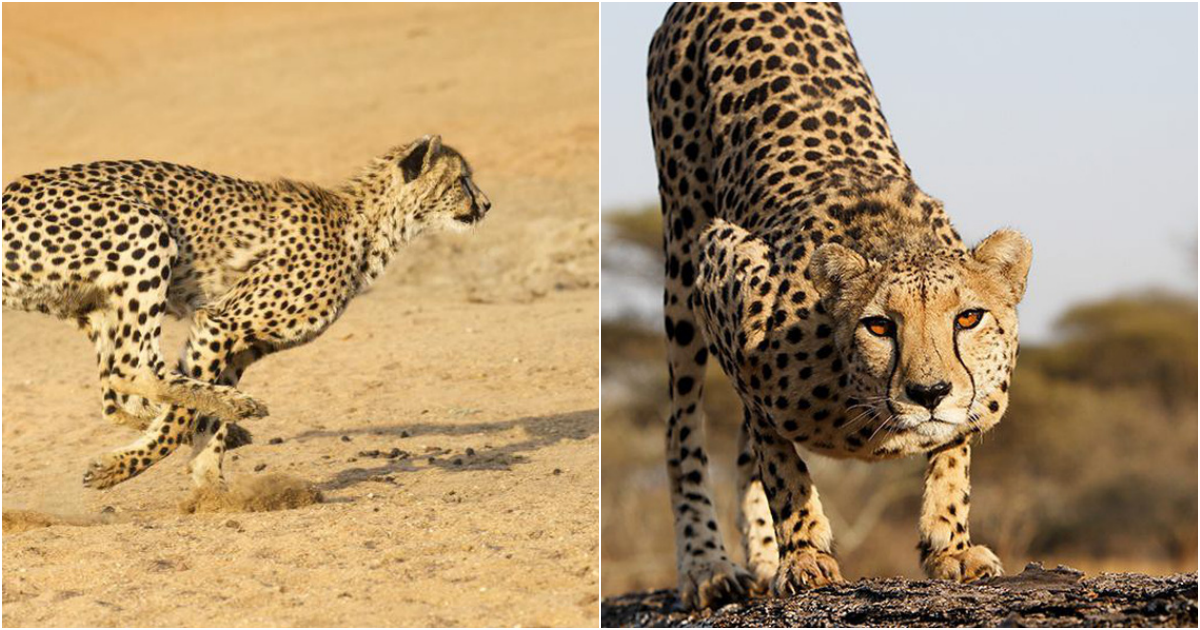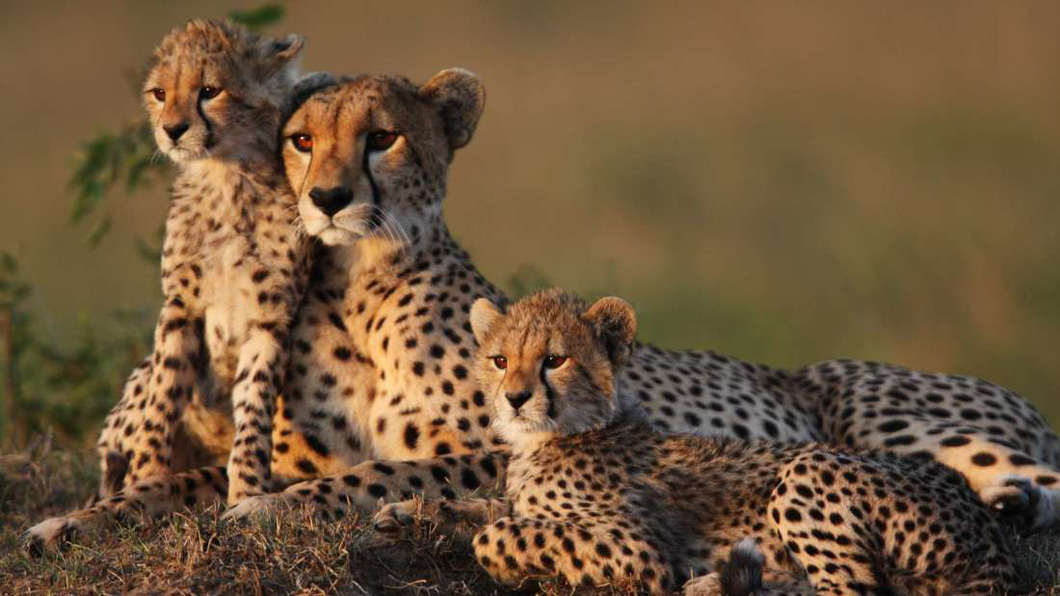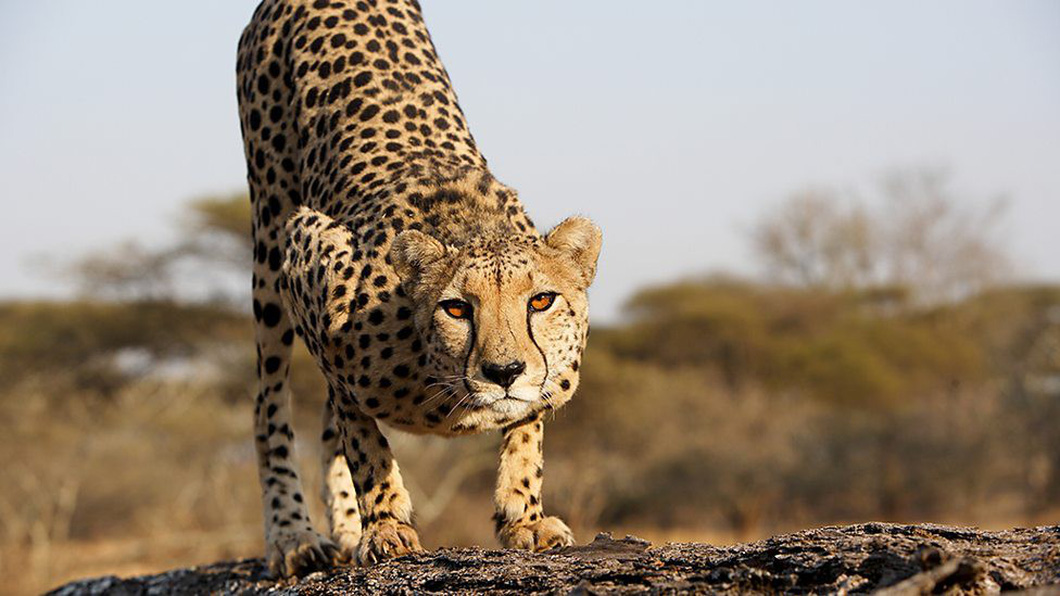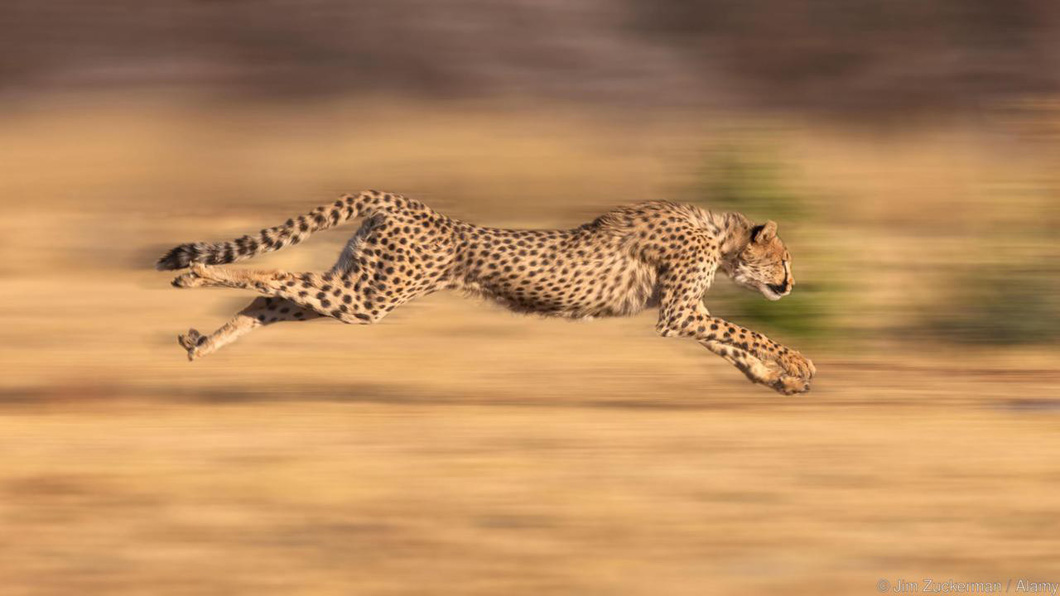The World’s Fastest Big Cat: The Cheetah

In the animal kingdom, few creatures can match the remarkable speed and agility of the cheetah. Known as the world’s fastest land animal, this magnificent big cat possesses extraordinary capabilities that allow it to excel in sprinting and hunting. In this article, we will explore the remarkable attributes of the cheetah and delve into what makes it the epitome of speed and grace.

Body:
Physical Characteristics: The cheetah (Acinonyx jubatus) is a large felid native to Africa and parts of Iran. It has a slender, aerodynamic body that is specifically built for speed. The cheetah’s lightweight frame, long legs, and flexible spine provide it with the perfect physical adaptations necessary for rapid acceleration and agility. Its distinctive coat, adorned with black spots on a golden or tan background, aids in camouflaging as it navigates its natural habitat.
Unparalleled Speed: The cheetah’s most awe-inspiring attribute is its remarkable speed. Capable of reaching incredible speeds of up to 60 to 70 miles per hour (97 to 113 kilometers per hour), the cheetah can accelerate from 0 to 60 mph (0 to 97 km/h) in just a few seconds. Such incredible velocity allows it to cover short distances in a matter of seconds, making it a formidable predator on the African savannah.
Hunting Strategies: The cheetah’s speed is not merely a display of athleticism; it is an essential tool for survival. The cheetah relies on its exceptional acceleration and agility to chase down its prey. While hunting, it uses its keen eyesight to locate a target and patiently stalks it before initiating a lightning-fast pursuit. The chase is a thrilling burst of energy as the cheetah rapidly closes the gap between itself and its prey. Typically, cheetahs target small to medium-sized ungulates such as gazelles or impalas.
Adaptations for Speed: To achieve such remarkable speed, the cheetah has undergone various adaptations. Its lightweight body is complemented by long and slender legs, providing an extensive stride length. Additionally, the cheetah possesses non-retractable claws, which act like cleats, offering better traction and grip during high-speed pursuits. Its elongated spine provides flexibility, enabling the cheetah to stretch its body fully while in full stride, maximizing its stride length and speed.
Although the cheetah is the fastest land animal, its rapid bursts of speed come at a cost. After a high-speed chase, the cheetah requires significant recovery time to catch its breath and cool down. It is during this period that other predators or scavengers may attempt to steal the cheetah’s hard-earned kill. Unfortunately, the cheetah population is also facing numerous threats, including habitat loss, human-wildlife conflict, and poaching. As a result, the cheetah is classified as a vulnerable species on the IUCN Red List of Threatened Species
The cheetah’s reputation as the world’s fastest big cat is well-deserved, given its incredible speed, agility, and hunting prowess. Its exceptional adaptations for speed, combined with its distinctive physical characteristics, make it a marvel of nature. However, as we marvel at the cheetah’s extraordinary abilities, it is crucial to recognize the urgent need for conservation efforts to protect this magnificent species and ensure its survival in the wild.






